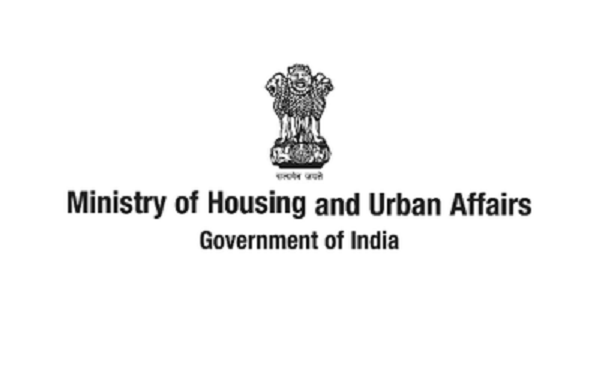
Sep 11: Shri Hardeep Singh Puri, Minister of State for Housing and Urban Affairs (I/C) has launched the Climate Smart Cities Assessment Framework (CSCAF) 2.0, along with the ‘Streets for People Challenge’ in a virtual event organized by the Smart Cities Mission, Ministry of Housing and Urban Affairs (MoHUA), here today. The objective of CSCAF is to provide a clear roadmap for cities towards combating Climate Change while planning and implementing their actions, including investments. In the last decade, an increasing frequency of cyclones, floods, heatwaves, water scarcity, and drought-like conditions have had adverse impacts on many of our cities. Such extreme events and risks cause loss of life as well as impact the economic growth. In this context, the CSCAF initiative intends to inculcate a climate-sensitive approach to urban planning and development in India. Sh Durga Shanker Mishra, Secretary, MOHUA, senior officials of MOHUA and Ministry of Environment, Forest and Climate Change, Principal Secretaries (Urban Development) of State Government and UTs, State Mission Directors of Smart Cities Mission, Municipal Commissioners/CEOs of Smart Cities, representatives of partner agencies / Bilateral / Multilateral Institutions and other key stakeholders attended the function.
This assessment framework was developed after review of existing frameworks and assessment approaches adopted throughout the world followed by series of extensive consultative process with more than 26 organizations and 60 experts from different thematic areas. The framework has 28 indicators across five categories namely; (i) Energy and Green Buildings, (ii) Urban Planning, Green Cover & Biodiversity, (iii) Mobility and Air Quality, (iv) Water Management and (v) Waste Management. The Climate Centre for Cities under National Institute of Urban Affairs (NIUA) is supporting MoHUA in implementation of CSCAF.
As the lockdowns lift, cities face many challenges in providing safe, affordable, and equitable modes of transport that enable social distancing. Limited public transport options, narrow, crowded sidewalks particularly in market places and deterioration of mental health, are key issues that must be addressed on priority. Pedestrianisation of streets for walking and creating public spaces is a crucial step towards mitigating these issues. Cities around the world, such as Bogota, Berlin, and Milan have responded by transforming streets for walking and cycling, to ensure safe mobility during COVID-19.
The Streets for People Challenge is the response to the need for making our cities more walkable and pedestrian friendly. The Challenge builds on the advisory issued by MoHUA for the holistic planning for pedestrian-friendly market spaces, earlier this year. The Challenge will support cities across the country to develop a unified vision of streets for people in consultation with stakeholders and citizens. Adopting a participatory approach, cities will be guided to launch their own design competitions to gather innovative ideas from professionals for quick, innovative, and low-cost tactical solutions.
It aims to inspire cities to create walking-friendly and vibrant streets through quick, innovative, and low-cost measures. All cities participating in the challenge shall be encouraged to use the ‘test-learn-scale’ approach to initiate both, flagship and neighborhood walking interventions. The interventions can include inter alia creating pedestrian-friendly streets in high footfall areas, re-imagining under-flyover spaces, re-vitalizing dead neighborhood spaces, and creating walking links through parks and institutional areas. Fit India Mission, under the Ministry of Youth Affairs and Sports, along with the India program of the Institute for Transport Development and Policy (ITDP) have partnered with the Smart Cities Mission to support the challenge.
Disclaimer: We donot claim that the images used as part of the news published are always owned by us. From time to time, we use images sourced as part of news or any related images or representations. Kindly take a look at our image usage policy on how we select the image that are used as part of the news.


